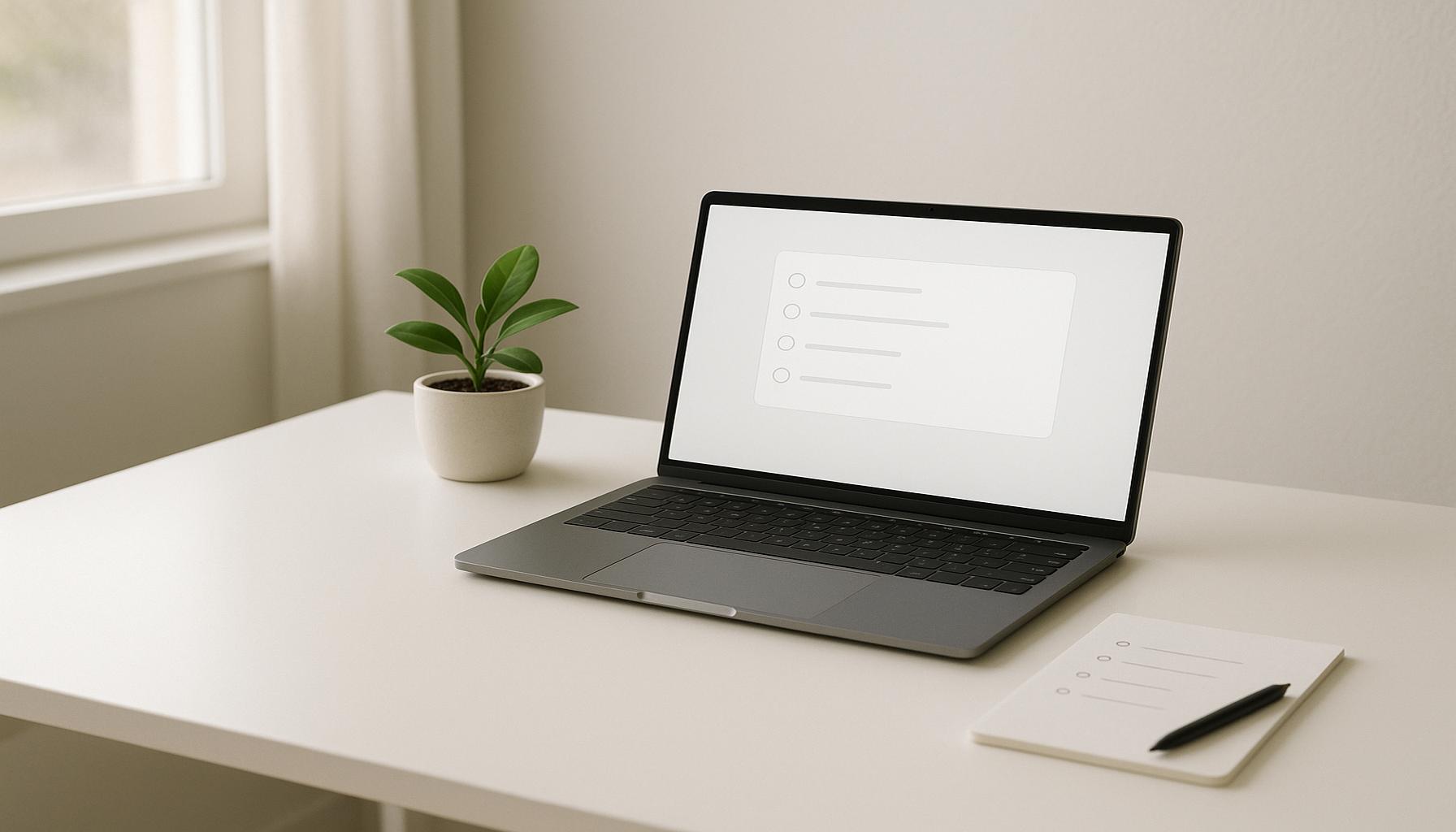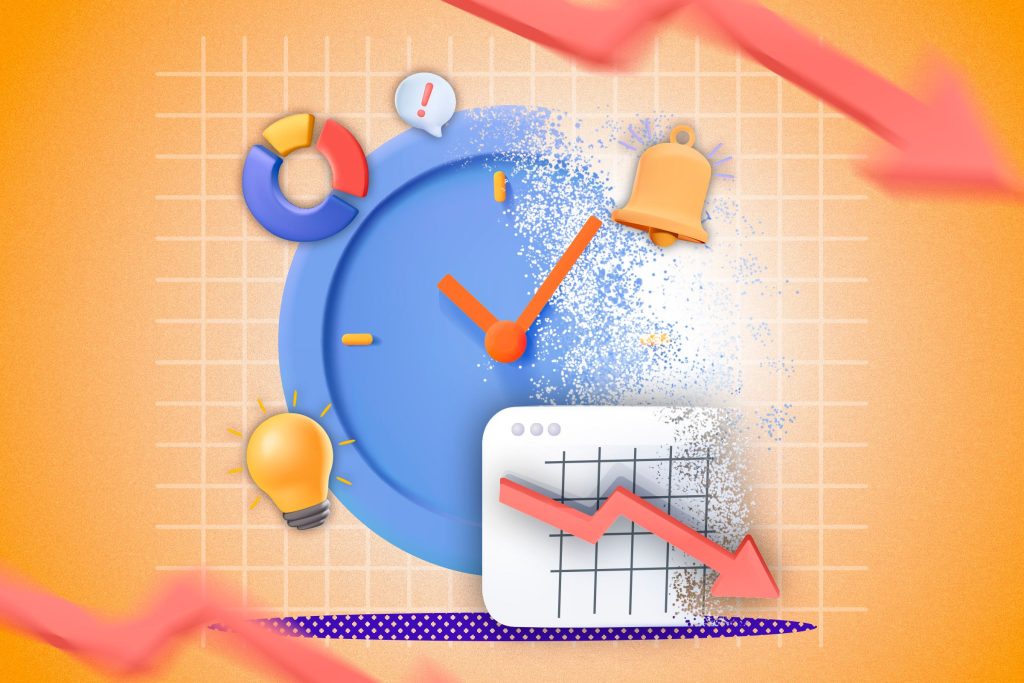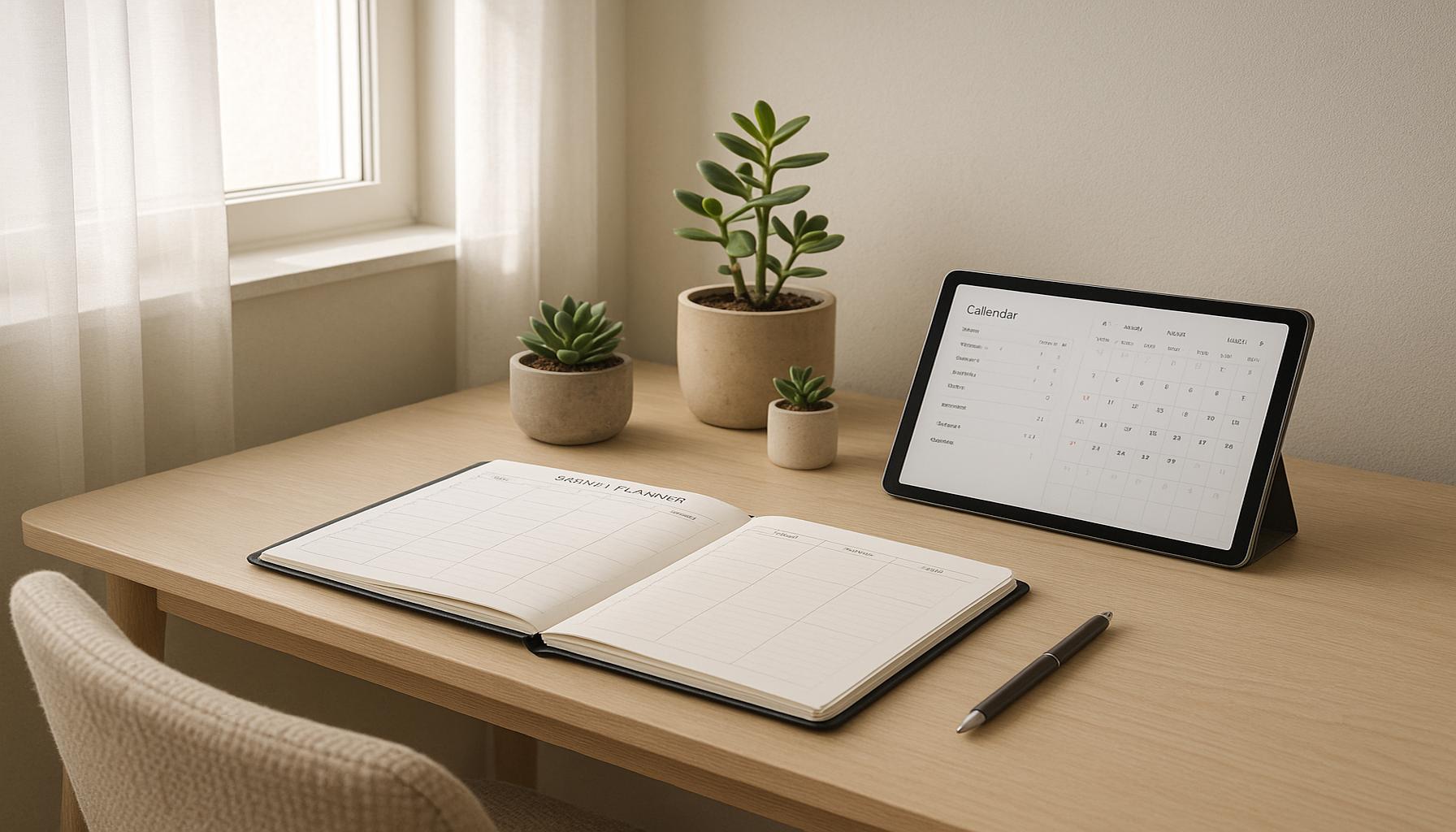Minimalism Techniques to Simplify Task Management and Increase Efficiency

The Power of Minimalism in Task Management
In today’s fast-paced world, it’s easy to feel overwhelmed by the endless stream of tasks demanding our attention. Implementing minimalism techniques can drastically transform how we approach task management, helping us to simplify our lives and boost productivity.
Living in a society filled with constant notifications, emails, and to-do lists, many individuals find themselves not just busy, but chronically stressed. This is where the principles of minimalism can play a crucial role in reshaping our mindset and our work habits. Adopting a minimalist mindset revolves around a few core principles, such as:
- Prioritization: Focus on what truly matters by identifying your top priorities. For instance, rather than trying to tackle every task on your list, consider what will have the most significant impact on your goals. The Eisenhower Matrix is a popular tool that helps you categorize tasks into four quadrants—urgent and important, important but not urgent, urgent but not important, and neither urgent nor important—allowing you to spend time only on what’s necessary.
- Decluttering: Remove unnecessary tasks from your to-do list to reduce mental load. This involves continuous evaluation of tasks and saying no to obligations that do not align with your core goals or values. Implementing a regular review cycle can help you assess your commitments and eliminate what no longer serves you, creating a more streamlined approach to work.
- Time Blocking: Allocate specific time slots for tasks for better concentration. By scheduling dedicated time for deep work, you can minimize distractions and maximize focus. For example, setting aside blocks of time for specific projects rather than multitasking can greatly enhance your efficiency. Apps like Google Calendar or Trello can assist in managing these blocks effectively.
These methods allow you to streamline your workflow and increase efficiency. For example, utilizing digital tools can help consolidate your tasks in one place, minimizing distractions and enhancing focus. Programs such as Todoist, Asana, or Notion can serve as your digital planner, keeping everything organized and easily accessible. With the right tools, you can prioritize tasks and set reminders, thus relieving the mental burden of keeping track of everything in your head.
As many people in the United States gravitate toward a minimalist lifestyle, the benefits extend beyond mere aesthetics. By simplifying task management, you can reclaim precious time and mental clarity, enabling you to achieve more with less. According to recent surveys, individuals who adopt minimalistic principles report higher satisfaction with their productivity levels, as well as lower stress and anxiety levels.
Join us on this journey to discover effective minimalism techniques that can revolutionize your approach to productivity. Whether you are a student, a professional, or someone managing a household, embracing minimalism can pave the way for a more organized life where your energy is channeled into what truly matters.

DIVE DEEPER: Click here to uncover more
Embrace Clarity Through Prioritization
A fundamental aspect of embracing minimalism in task management is the ability to prioritize effectively. Amidst the chaos of competing responsibilities, knowing what deserves your attention becomes paramount. One practical strategy to achieve this is utilizing the Eisenhower Matrix, named after former U.S. President Dwight D. Eisenhower, who famously said, “What is important is seldom urgent, and what is urgent is seldom important.” This tool encourages individuals to categorize tasks based on their urgency and importance, effectively helping you make critical decisions about where to focus your energy.
To adopt this technique, visualize a simple grid divided into four quadrants:
- Quadrant I: Urgent and Important – Tasks that require immediate attention, such as deadlines or crises.
- Quadrant II: Important but Not Urgent – Long-term projects that may not yet be pressing but are essential for progress.
- Quadrant III: Urgent but Not Important – Distractions or tasks that might seem pressing but do not contribute significantly to your goals.
- Quadrant IV: Neither Urgent nor Important – Activities that do not add value and can often be eliminated.
By categorizing tasks this way, you can systematically determine what requires your immediate focus and what can either be delegated or dropped altogether. This clarity alleviates mental clutter and positions you to work on tasks that truly matter.
Declutter Your Commitments
Another essential minimalist technique is the art of decluttering your commitments and responsibilities. In a culture that often equates busyness with importance, many find it difficult to say no. However, recognizing when to decline additional tasks is vital for maintaining a streamlined work process. Regularly assess your workload and identify tasks that no longer align with your personal or professional objectives.
To initiate this practice, consider implementing a quarterly review of your tasks and projects. During this time, evaluate each commitment to determine its value concerning your overarching goals. By asking yourself critical questions like, “Does this task bring me closer to my objectives?” or “Am I taking this on out of obligation rather than genuine interest?” you can begin to eliminate unnecessary burdens from your plate.
Not only does this practice enhance focus, but it also cultivates a culture of accountability and ownership over your time. Individuals who effectively declutter their to-do lists often report heightened satisfaction and motivation, as they can now redirect their energy toward tasks that resonate more profoundly with their priorities.
Maximize Focus with Time Blocking
Finally, time blocking is a powerhouse technique that allows you to create an environment conducive to high productivity. By scheduling blocks of time dedicated to specific tasks, you can deepen focus and minimize interruptions, reinforcing a mindset of intentionality. This practice can be especially beneficial for those juggling multiple projects or roles.
For example, instead of multitasking—an often counterproductive habit—set aside dedicated time slots during your day for deep work. Whether it’s brainstorming strategies for a project, completing administrative tasks, or engaging in creative endeavors, giving yourself permission to concentrate exclusively on one task at a time can result in higher quality work and reduced overall time investment.
In conclusion, by seamlessly integrating these minimalist techniques into your daily routine, you not only simplify your task management but also lay the foundation for a more productive, focused lifestyle that aligns with your core values and goals.
| Category 1 | Category 2 |
|---|---|
| Streamlined Prioritization | Enables individuals to focus on high-impact tasks. |
| Time Management Techniques | Utilizes techniques like the Pomodoro Technique to break work into manageable chunks. |
In exploring the minimalism techniques for task management, prioritization emerges as a pivotal element. It allows individuals to identify and focus on high-impact tasks, eliminating distractions from less significant activities. By simplifying choices, individuals can allocate their resources and energy more effectively. This conscious focus aligns perfectly with the minimalist philosophy, promoting efficiency and clarity in daily operations.Another critical aspect is mastering various time management techniques. For instance, the Pomodoro Technique encourages breaking work into segments, each followed by a short break. This not only enhances productivity but also fosters mental well-being, reducing burnout caused by prolonged focus. Such structured approaches are fundamental for anyone looking to streamline their workload and cultivate a productive workspace.
DIVE DEEPER: Click here to learn how decluttering can transform your mind
Leverage Digital Tools for Simplification
In our digital age, utilizing technology can significantly enhance the minimalist approach to task management. Numerous applications are designed to help users streamline their workflows, reduce distractions, and maintain organization. Tools like Trello, Asana, or Todoist allow individuals and teams to visualize their tasks, track progress, and set priorities efficiently without overwhelming themselves with excess features.
For example, Trello uses a card-based layout that enables users to create boards for various projects. This visual method helps in categorizing tasks effortlessly and offers the flexibility to move cards between different stages of completion. When applied correctly, such tools can declutter the mind and digital workspace, leading to increased transparency and accountability.
Furthermore, many of these applications offer collaboration features, allowing team members to work simultaneously on projects. This fosters a sense of community and reduces isolation during remote work, thus sustaining motivation levels while simplifying the management process. To maximize efficiency, regularly explore new tools that integrate seamlessly with your existing systems, ensuring that your task management process remains as streamlined as possible.
Implement the Two-Minute Rule
Another minimalist principle that can transform your workflow is the Two-Minute Rule, a concept popularized by productivity expert David Allen. The essence of this technique is simple: if a task takes less than two minutes to complete, do it immediately. This small but powerful shift in mindset can prevent tasks from accumulating and overwhelming your to-do list.
Incorporating the Two-Minute Rule helps to maintain momentum and reinforces a proactive approach to task management. For instance, replying to an email or filing a document can often be completed in a brief moment. By tackling these minor tasks right away, you not only give yourself a sense of accomplishment but also prevent unnecessary mental clutter that can drain your focus and energy.
Design a Sustainable Routine with Set Time for Reflection
To truly embody a minimalist approach to task management, creating a sustainable routine is essential. This involves not only executing tasks but also setting aside regular time for reflection. Consider incorporating a weekly review session, which allows you to assess your progress, realign your priorities, and recalibrate your strategies as necessary.
During your reflection time, ask yourself questions such as, “What worked well this week?” or “What tasks caused unnecessary stress?” This intentional period of introspection will empower you to learn from experiences and foster a continuous improvement mindset. By refining your strategies over time, you can ultimately create a rhythm to your productivity that feels less like a constant race and more like a sustainable journey.
Establish a specific time each week—perhaps Friday afternoons—that is dedicated solely to this reflective practice. By making it part of your routine, you signal to your brain that this time is reserved for uncovering insights and enhancing efficiency in future projects.
As you explore and embrace these minimalist techniques, you’ll find that task management becomes less about the quantity of tasks you’re completing and more about what truly matters, leading to a more fulfilling and efficient work life.
DISCOVER MORE: Click here to uncover the benefits of decluttering
Conclusion: Embracing Minimalism for Enhanced Productivity
In today’s fast-paced world, where distractions abound and tasks can easily overwhelm, adopting minimalism techniques for task management can pave the way for greater efficiency and satisfaction in both personal and professional endeavors. By integrating streamlined digital tools, such as Trello or Asana, individuals are empowered to organize their workflows visually, ensuring that clarity and focus take precedence over clutter. Likewise, the Two-Minute Rule serves as a pragmatic strategy to tackle small tasks immediately, preventing mental overload and fostering a sense of accomplishment.
Furthermore, establishing a sustainable routine that includes set time for reflection allows for continuous learning and adjustment, ensuring that our productivity strategies evolve alongside our needs. This self-assessment not only reveals what works but also highlights areas for improvement, thereby creating room for innovation within our task management practices.
Ultimately, embracing minimalism in task management shifts our focus from sheer productivity to meaningful productivity—what truly matters becomes clearer, and our workflow becomes not just a series of tasks, but a thoughtfully curated journey toward our goals. As you explore these techniques, consider the potential for reduced stress and increased fulfillment in your work life. By simplifying how we approach tasks, we open the door to greater efficiency, creativity, and overall success.


